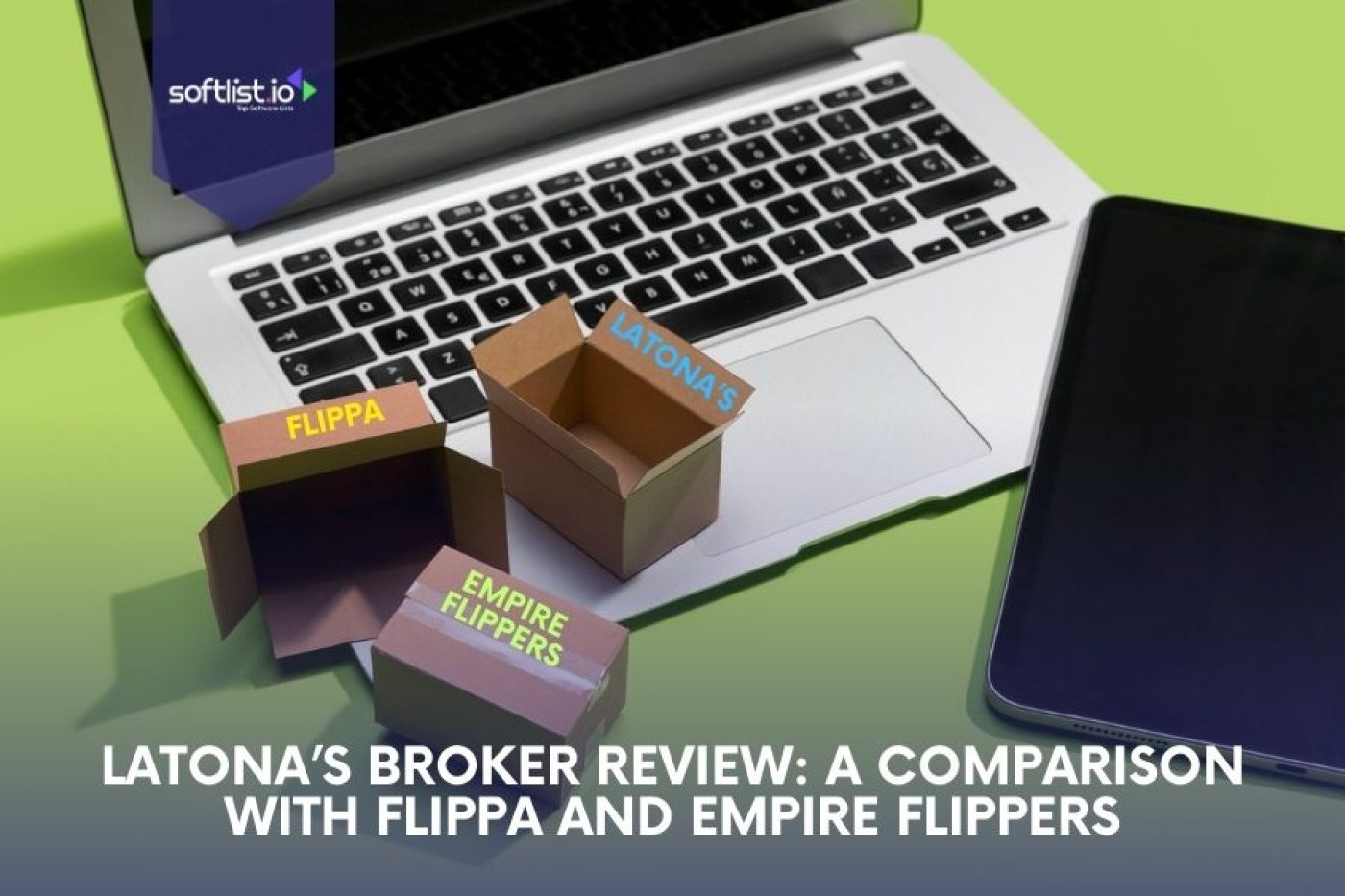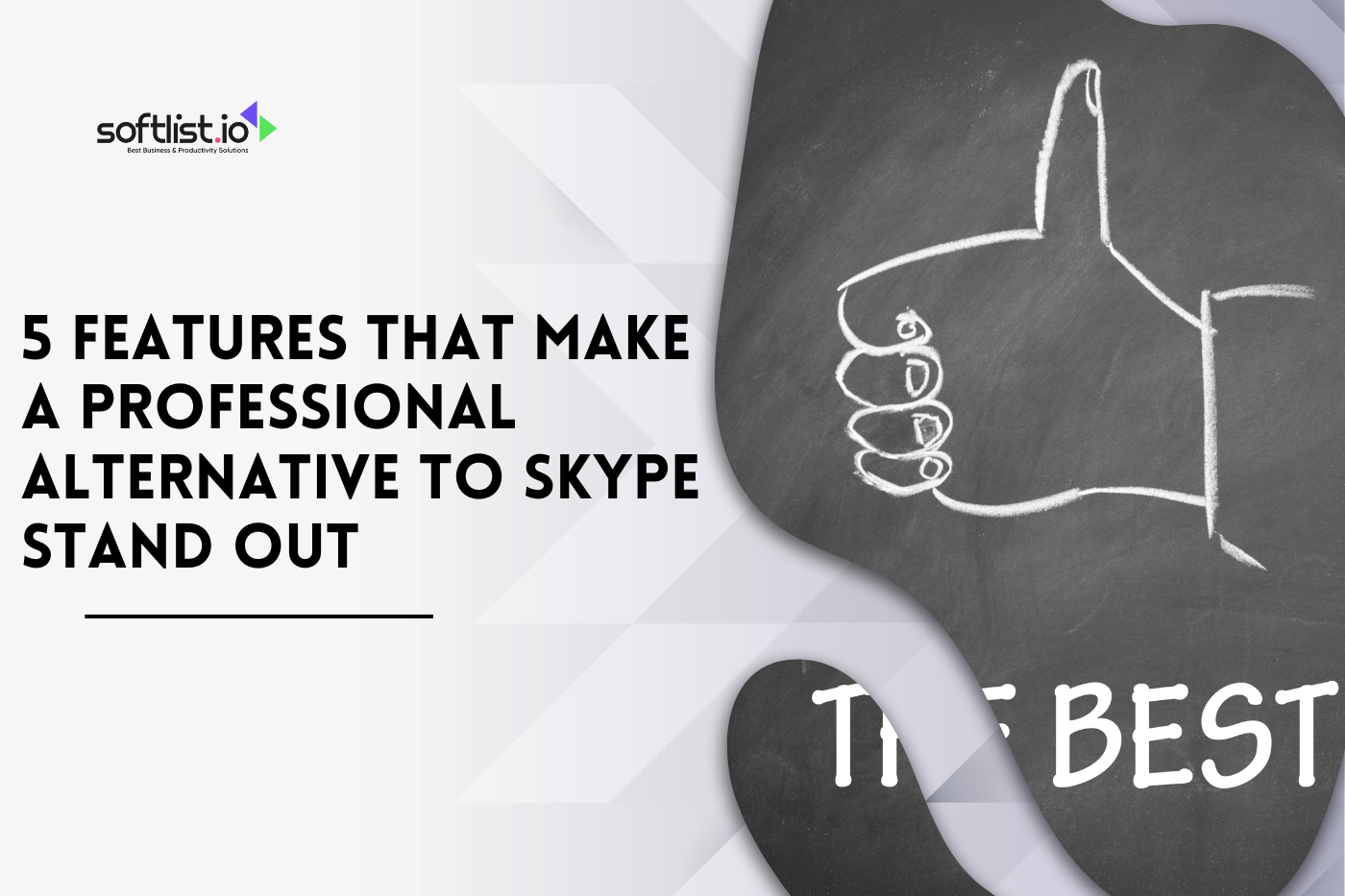Medical institutions and skilled nursing facilities (SNFs) handle large amounts of sensitive patient data daily. Managing this data efficiently is crucial for providing quality care. Fortunately, various innovative technologies make this process smoother for healthcare providers.
This article will discuss the top 7 technologies improving medical institution and SNFs.
- Medical Insurance Verification Software
- Electronic Health Records
- Medical Billing Solutions
- Telemedicine
- Remote Patient Monitoring
- Artificial Intelligence Assistants
- Robotics and Automation
1. Medical Insurance Verification Software

Verifying patients’ insurance coverage is a crucial first step for medical facilities before providing services. Confirming active coverage, plan details, out-of-pocket costs prevents claim denials and subsequent revenue losses.
Previously, staff wasted countless hours on the manual verification process via phone or insurer portals. Automated medical insurance verification software solutions have revolutionized this workflow.
Insurance verification software seamlessly integrates with existing EHR solutions. Staff simply enter patient demographics, which automatically queries payers’ databases in real-time. Within seconds, the staff can see:
- Active status
- Plan type – HMO, PPO, etc.
- Copays, deductibles, and change history
Key advantages include:
- Increased Productivity – Automation reduces administrative overload, allowing staff to focus on value-adding tasks.
- Revenue Protection – Confirming eligibility and plan details pre-service prevents claim denials.
- Enhanced Patient Service – Readily available financial estimates enable transparent discussions around out-of-pocket expenses.
Insurance coverage changes frequently. However, the latest software versions automatically check policy information. Customizable alerts notify staff to address changes impacting coverage. This proactive tracking prevents unexpected claim denials down the line.
2. Electronic Health Records
Electronic Health Records (EHRs) have become integral for medical institutions over the past decade. EHRs are digital documentation of patients’ medical histories, including diagnoses, medications, treatment plans, immunization dates, allergies, radiology images, and lab test results.
Here are some key benefits driving their widespread adoption:
- Convenient Centralization of Data: Patient data is stored securely in one place, organized for easy access by authorized healthcare providers.
- Legible Information: EHRs eliminate challenges associated with reading handwritten notes in paper files.
- Accessibility: Authorized medical institution and staff can easily access EHRs anytime, anywhere via computer or mobile device-secured apps.
- Prompt Information Sharing: With patient consent, EHRs enable the seamless sharing of health information across healthcare providers.
- Improved Coordination: Up-to-date patient information in EHRs facilitates coordinated care across multi-disciplinary teams.
- Enhanced Security: Advanced encryption protects sensitive patient data. Audit trails record each user’s EHR access.
- Reduced Costs: EHRs save expenses on paper and physical storage space in the medical institution. They also reduce duplicative tests due to missing information.
Most medical institutions now realize the long-term benefits outweigh the temporary hassles.
In fact, federal incentives and penalties in recent years have further driven EHR implementation. Consequently, over 95% of hospitals and 85% of office-based physician practices in the US now use certified EHR technology.
3. Medical Billing Solutions
Medical billing involves complex administrative processes around claim preparation, submission, denial and appeal management and accounts receivable monitoring.
Managing this workload manually leads to frequent errors. Even minor oversights can drastically reduce collections and cash flow.
Robust medical billing solutions with built-in payer policy insights streamline these billing workflows.
Core capabilities include:
Claims Management
- Extract essential data from EHRs to auto-fill claims.
- Reference vast databases to catch errors before submission.
- Track claims status changes in real-time to address denied ones swiftly.
Remittance Management
- Post payments automatically
- Identify common denial causes for targeted resolution
Analytics
- Gain visibility into rejection reasons, aging claims, collection cycles, etc.
- Identify opportunities to improve revenue cycle efficiency in the medical institution.
Such end-to-end automation enhances productivity. Staff get more time for important tasks.
Integrated billing and insurance verification systems form a powerful combination. This enables effective revenue cycle management for stable financial health and medical institution.
4. Telemedicine
Telemedicine utilizes communication technologies for remote clinical services. Patients and providers interact via video conferencing, phone calls, or text messages.
The COVID-19 pandemic necessitated social distancing measures globally in 2020. During this crisis, telemedicine usage expanded exponentially. Medical institutions swiftly adjusted workflows, enabling providers to monitor and treat many health conditions virtually.
Patients also realized the massive upside of safe, convenient access to quality care from their homes. Consequently, the adoption of telemedicine continues to rise rapidly.
Some major advantages include:
- Convenience and Accessibility: Patients in any location can easily access healthcare services. This also increases access for immobile patients or those lacking transport.
- Speed and Efficiency: Telemedicine facilitates faster consultations, referrals, and treatment compared to in-clinic visits involving travel and wait times.
- Enhanced Follow-Ups: Providers can offer closer follow-ups and monitoring through regular virtual appointments.
- Cost Savings: Telemedicine decreases expenses related to travel, childcare, and attending appointments and time off work. It also reduces hospital readmission likelihood.
- Disease Transmission Control: Virtual visits curb disease transmission risks compared to crowded waiting rooms.
- Wider Care Options: Patients can conveniently access distant specialty providers in the medical institution.
Nearly 76% of US hospitals now use some form of telemedicine. By 2032, the global telemedicine market is projected to grow at a CAGR of 19% to $432 billion.
Ongoing tech advances around interactive apps, remote monitoring devices, and faster internet connectivity will drive this meteoric rise in the medical institution.
5. Remote Patient Monitoring

Source: Canva Pro
Remote patient monitoring (RPM) enables the tracking of patients’ health parameters outside of the medical institution. Patients use smartphone apps or wearable sensors to record vital signs like blood pressure, oxygen saturation, glucose levels, etc.
The RPM market is expected to reach $117 billion by 2026.
Benefits include:
Improved Care Quality
Tighter symptom monitoring enables quicker interventions before conditions deteriorate. This avoids complications and saves critical treatment costs.
Patient Empowerment
Direct access to personal data motivates patients to achieve health goals of the medical institution.
Early Detection
RPM facilitates round-the-clock tracking of potential abnormalities between visits for timely diagnosis.
Reduced Readmissions
Continuous monitoring after discharge provides insight into worsening symptoms to prevent avoidable readmissions.
Workflow Optimization
Automated data collection saves providers’ time documenting vitals during visits. They can then focus on delivering quality care.
Telemedicine Integration
Recorded RPM data can be helpful for telemedicine consultations in order to make appropriate treatment adjustments.
Consequently, RPM usage is rising across all care settings, including outpatient clinics, hospitals, long-term care facilities, and home healthcare.
6. AI Assistants

Source: Canva Pro
Artificial intelligence (AI) adoption in healthcare is growing exponentially to automate repetitive tasks for better efficiency.
AI-powered virtual assistants are allowing medical institutions to direct resources toward critical initiatives.
Some interesting developments include:
- Clinical Documentation: Voice-enabled dictation software accurately records patient encounter notes. These save time over the manual entry.
- Appointment Booking: Chatbots handle appointment-related queries and scheduling changes around the clock.
- Billing Support: AI programs can code claims, process prior authorizations, and handle payment-related calls.
- Pharmacy Management: AI tools predict medication demand, track inventory, and rectify prescription issues.
- Symptom Checking: Apps allow patients to enter their symptoms to receive likely conditions and care options. This preliminary triage provides faster treatment if required.
- Risk Alerts: AI algorithms analyze patient data to identify individuals at risk of deterioration or readmission. It alerts staff to provide timely interventions.
AI adoption does spark ethical concerns regarding accuracy, privacy breaches, and staffing impacts. However, ongoing advances around explainable AI and human oversight policies are increasing confidence in these tools.
7. Robotics and Automation
Healthcare fields like surgery, disinfection, inventory handling, and pharmaceuticals are also witnessing rising automation.
Robots assist surgeons with precision around minimally invasive procedures. Automated guided vehicles transport supplies, meals, linens, and waste across facilities. Sterilization robots utilize UV light for terminal room disinfection after patient discharge.
Benefits include:
- Enhanced Safety and Hygiene: Robots minimize human errors and reduce the risk of infection transmission.
- Workflow Efficiency: Automating repetitive tasks allows staff to focus on critical ones.
- Improved Patient Experience: Quicker procedures, accurate medication dispensing, and rapid room disinfection promote greater comfort and recovery.
- Cost Savings: Healthcare robotics deliver return on investment in 12-18 months through enhanced productivity and lowered expenses.
The pandemic spotlighted the pressing need for contactless technologies to minimize cross-infections.
Ongoing R&D around improving navigation, miniaturization, and intelligence will expand robots’ capabilities to transform patient outcomes.
Conclusion
Medical institutions and SNFs handle vast amounts of patient health data daily. Managing this data securely and efficiently is critical yet challenging.
As these technologies continue advancing in sophistication, accessibility and interoperability, adoption rates will keep rising. Healthcare delivery systems worldwide will transform over the coming years to provide safer, coordinated and patient-centric care.
Technological innovations must focus on improving staff efficiency without compromising personalized care. With wise implementation, healthcare technologies clearly have vast potential to bolster productivity, improve experiences, and enrich care quality.






